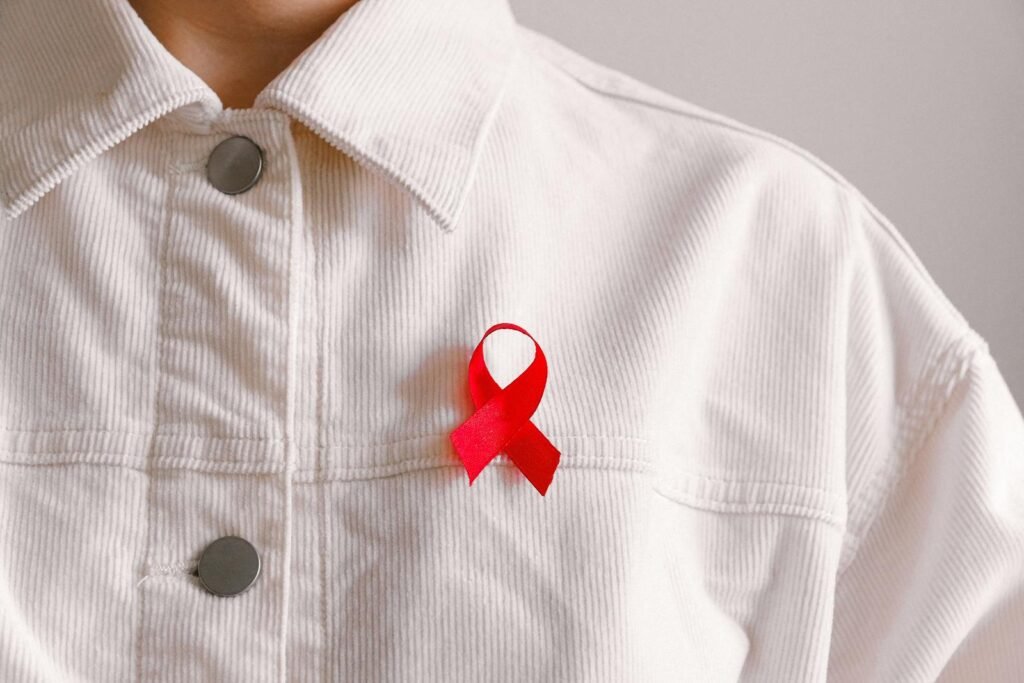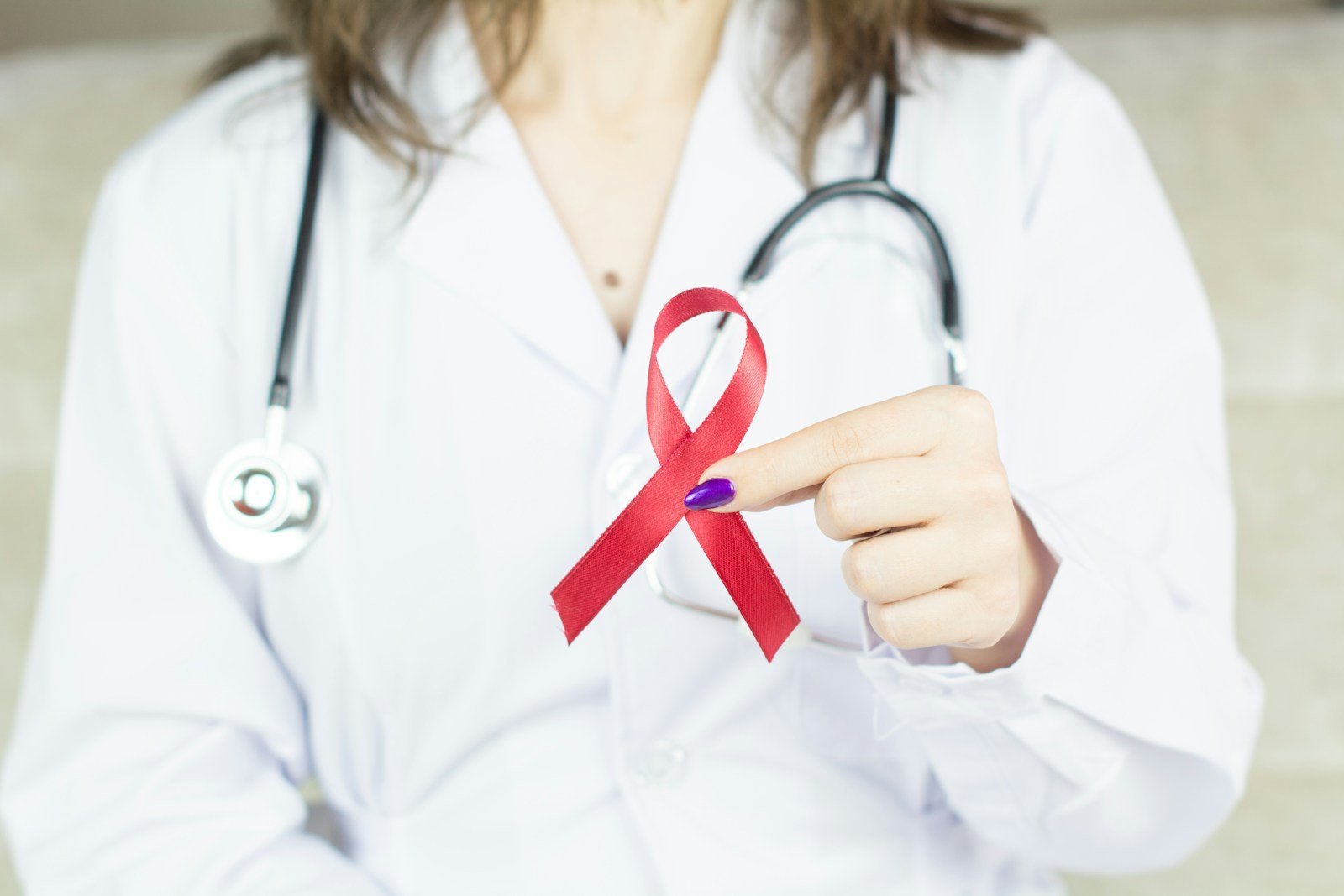
What does this subject have to do with me?
"AIDS? I didn't do anything wrong, I won't get it!" In the eyes of most people, AIDS is not only a disease, but also a social label that is deeply stigmatized and discriminated against. This deep-rooted prejudice not only hinders prevention and treatment, but also deprives patients of their most basic human dignity. Thanks to the efforts of all parties, the number of new HIV infection cases in my country has decreased significantly compared to 20 years ago, but to end AIDS, it is more important to safeguard everyone's rights, so that everyone can get respect, understanding and necessary medical support, and thus protect everyone's health.
World AIDS Day is celebrated on December 1 every year. How has Malaysia’s response to HIV progressed over the years?
What is AIDS?
AIDS stands for Acquired Immunodeficiency Syndrome (AIDS), a disease caused by infection with the human immunodeficiency virus (HIV). HIV attacks the human immune system, gradually making it less able to fight off disease.
The first confirmed case of HIV infection in my country was in 1986, when there were only three cases.
As time went by, more cases of infection were reported locally, reaching a peak in 2002 with 6,978 cases, a record high. There were 1,052 patients who died of AIDS.
However, this is not unique to Malaysia. According to the World Health Organization's 2002 AIDS Update, the AIDS epidemic spread rapidly in Eastern Europe, Central Asia and parts of Asia in that year, due to factors such as unsafe drug injection by drug users and the rapid spread of HIV among drug users and their sexual partners.
In any case, the local case growth trend slowed down after 20 years. By 2022, there were 3,177 new cases of HIV infection in my country, a decrease of 55% compared with 20 years ago; 946 patients died of AIDS, a decrease of 10% year-on-year.
Four out of every ten infected people are under 29 years old
In terms of age, the patients are tending to be younger. In the past decade (except for 2018), the number of new patients aged 20 to 29 replaced those aged 30 to 39 to become the age group with the largest number of infections, and this age group is mainly young Chinese who are still studying in institutions of higher learning.
In our country, the majority of HIV patients are men, but the number of female patients has increased. In 1990, there was one female in every 100 patients, and this ratio increased 32 years later (2022), that is, one female in every ten patients was infected.
96% patients are infected through sexual intercourse
According to the World Health Organization, HIV can be transmitted through the exchange of various body fluids with an infected person, including blood, breast milk, semen and vaginal secretions. In addition, HIV can also be transmitted to the child during pregnancy and childbirth.
It is important to note that even if you do not have sex, you may still be infected with HIV. Unsafe injections, blood transfusions, organ transplants, and inadequately sterilized cutting or piercing procedures, such as tattoos, ear piercings, eyebrow tattoos, tooth extractions, and pedicures, can all cause cross-infection.
As for general daily contact such as kissing, hugging, shaking hands or sharing personal items, food or water, people will not be infected. This is because HIV is less resistant to the external environment and cannot be transmitted through air or food.
Before 2010, injection drug use (IDU) was the main route of HIV transmission in my country, but it was replaced by sexual intercourse since 2010. In 2022, 96% patients were infected with HIV through sexual intercourse.
Data shows that in 2011, 45% were infected with HIV through heterosexual intercourse, while homosexuality/bisexuality accounted for only 10%; in the 2022 report, the number of infections transmitted through homosexuality/bisexuality increased dramatically to 60%, while heterosexuality accounted for 36%.
The trend of local HIV transmission is related to the response measures taken by the government. As early as 1998, the Ministry of Health launched prenatal HIV prevention measures for pregnant women, which significantly reduced mother-to-child transmission.
Since 2006, the government has implemented the Needle Syringe Exchange Program (NSEP) and Methadone Maintenance Therapy (MMT), which have also significantly reduced drug-related infection rates.
In addition, antiretroviral therapy (ART) for HIV patients can reduce viral load to undetectable levels, helping to reduce HIV-related deaths and interrupt the transmission of HIV.
Protecting human rights is key to ending AIDS

The theme of this year's World AIDS Day is "On the path to respecting rights: My health, my rights!" WHO calls on the international community to defend the right to health and address the inequalities that hinder progress in eliminating AIDS.
The World Health Organization aims to completely eradicate AIDS by 2030. In addition to prevention and treatment, my country also needs to increase its efforts in education, especially for high-risk groups such as young people. In addition, relevant units also need to carry out popular science activities to eliminate public misunderstandings and prejudices about AIDS.
HIV infection is not a death sentence, nor should it be a reason for discrimination. By protecting everyone’s right to health and reducing new infections, we can achieve an AIDS-free generation and ensure the sustainability of the AIDS response.
This content was produced by students from the Department of Media Studies at New Era University College.
And edited by "Pictures to Understand the World".
Produced by: Huang Zhici, Lai Keer, Qi Suiting, Shen Lewen
Map: Chen Huishi
Editor: Chen Chenghui



Leave a Reply
You must be logged in to post a comment.